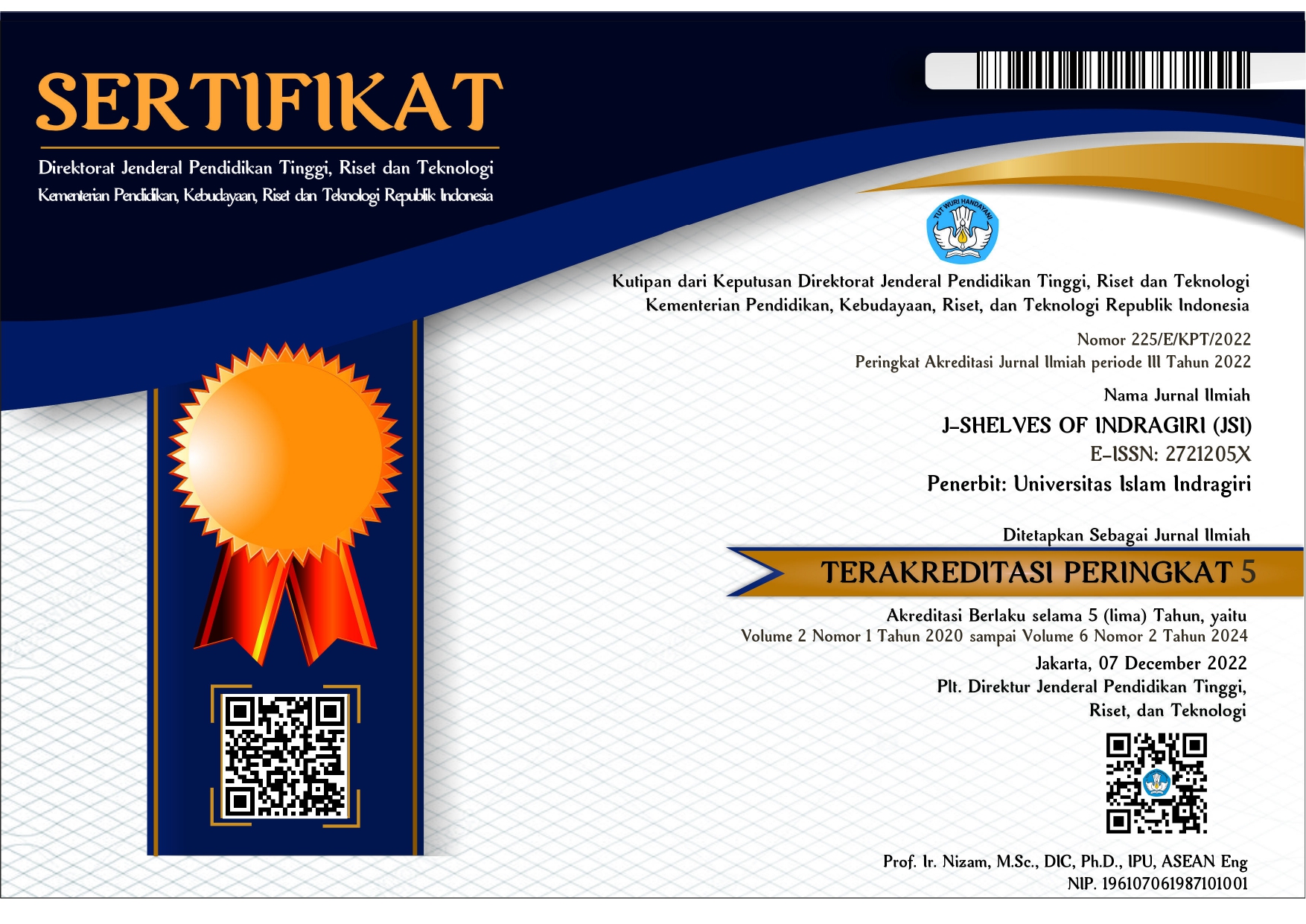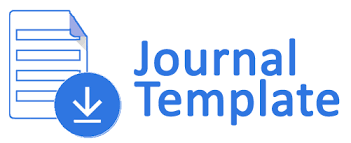GENDER DIFFERENCES IN DIGITAL LITERACY AND THEIR PERCEIVED IMPACT ON ENGLISH LANGUAGE SKILLS: A SURVEY OF INDONESIAN EFL STUDENTS
DOI:
https://doi.org/10.61672/jsi.v7i1.2921Keywords:
digital literacy, TPACK framework, gender differences, English language education, language skillsAbstract
Digital literacy has emerged as a critical competency in modern education, particularly in language education, where technological integration increasingly shapes learning experiences. Despite Indonesia's high internet penetration, the national digital literacy index remains concerningly low, highlighting a significant gap in technological educational readiness. This study aims to investigate digital literacy levels among English language education students, examining gender differences and perceived impacts on language skills through the Technological Pedagogical Content Knowledge (TPACK) framework. Employing a quantitative survey design, the research collected data from 120 undergraduate students at Pattimura University using a validated 28-item questionnaire. Primary findings revealed comparable digital literacy levels between genders (male: 3.06, female: 3.04), with a notable disparity between evaluative and creative digital skills. Students demonstrated high confidence in selecting digital tools (3.07-3.16) but limited ability to explore applications independently (2.42), with the strongest perceived impact on listening skills (3.18) and weakest on reading comprehension (2.88). The study concludes that current digital literacy approaches require strategic interventions to develop more comprehensive technological competencies among pre-service English language educators, ultimately contributing to more effective technology integration in language teaching.
Downloads
Published
Issue
Section
License
Copyright (c) 2025 Jusak Patty

This work is licensed under a Creative Commons Attribution 4.0 International License.










